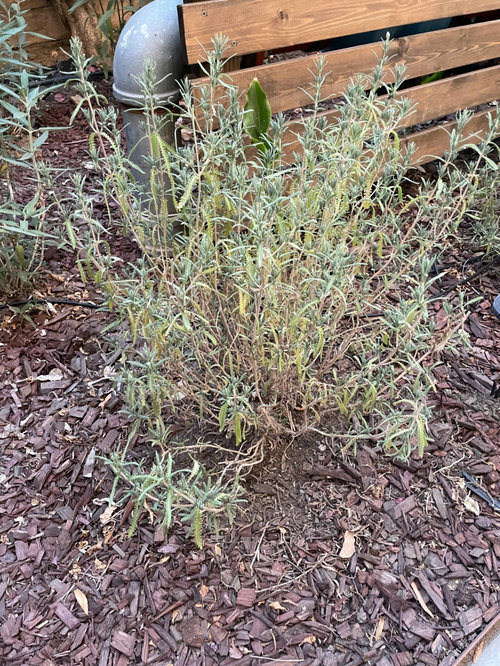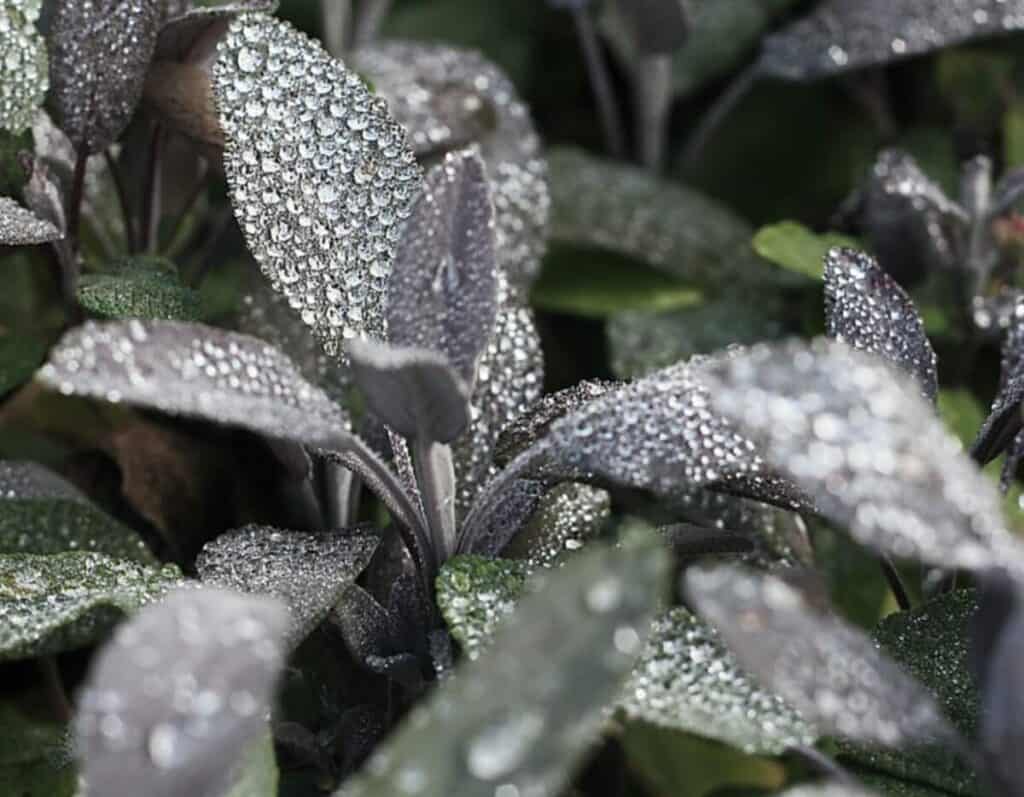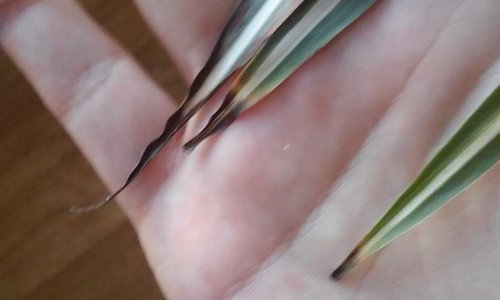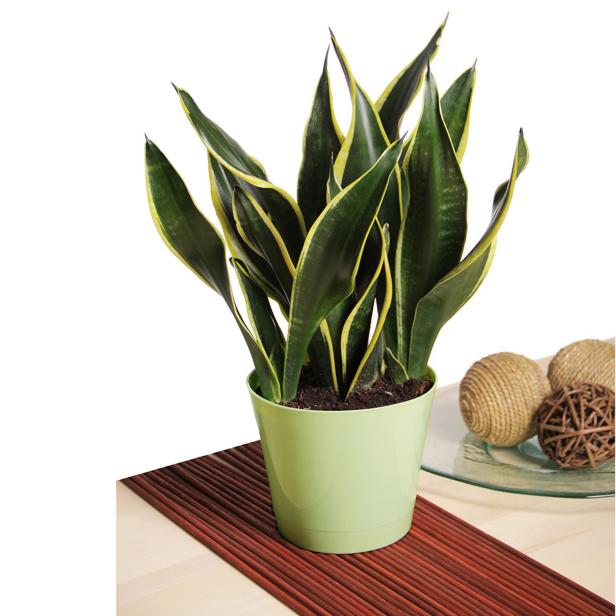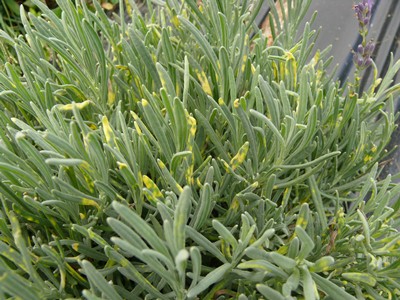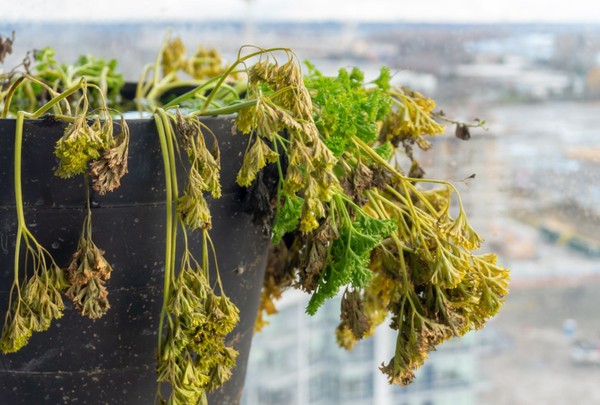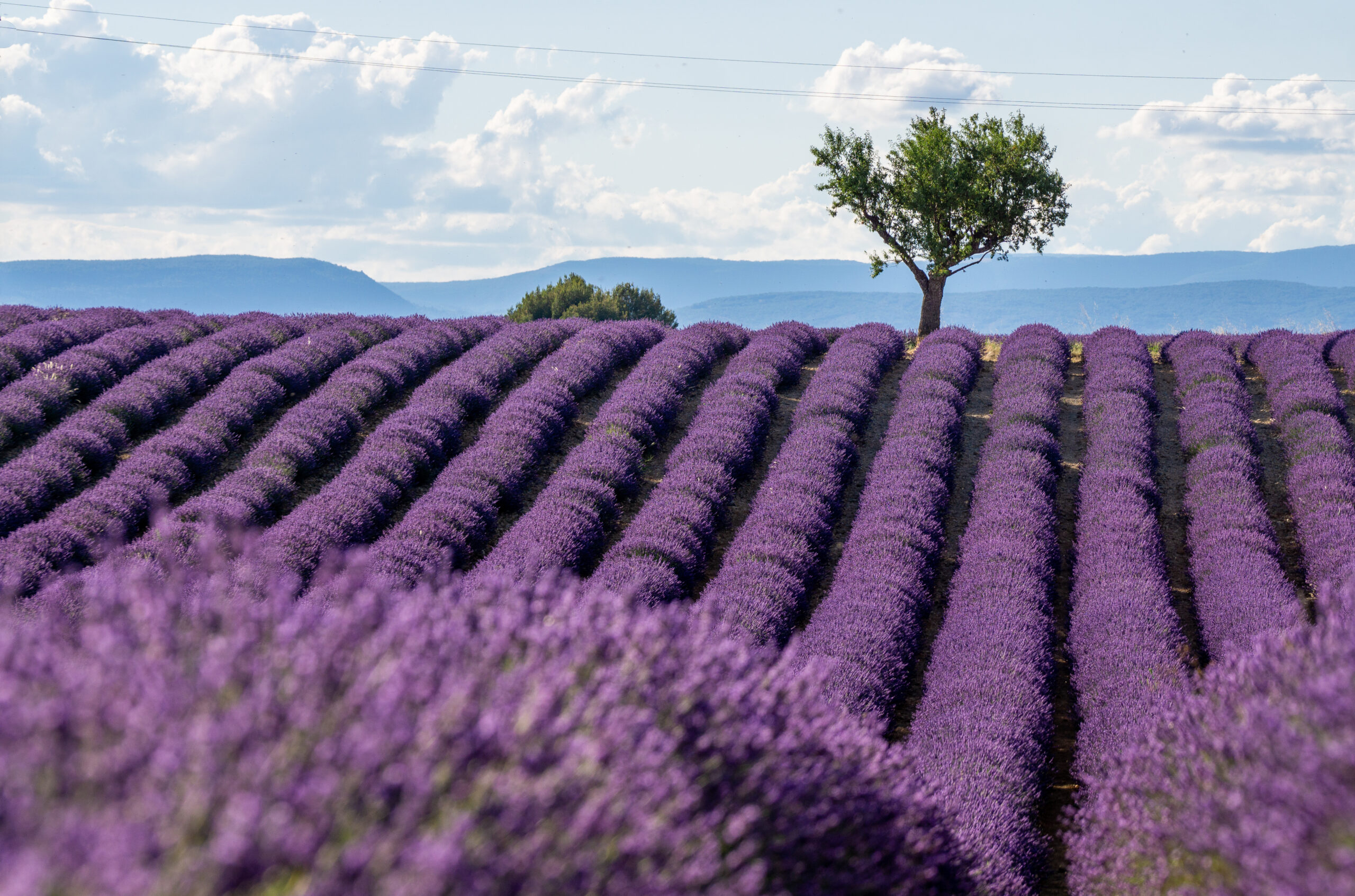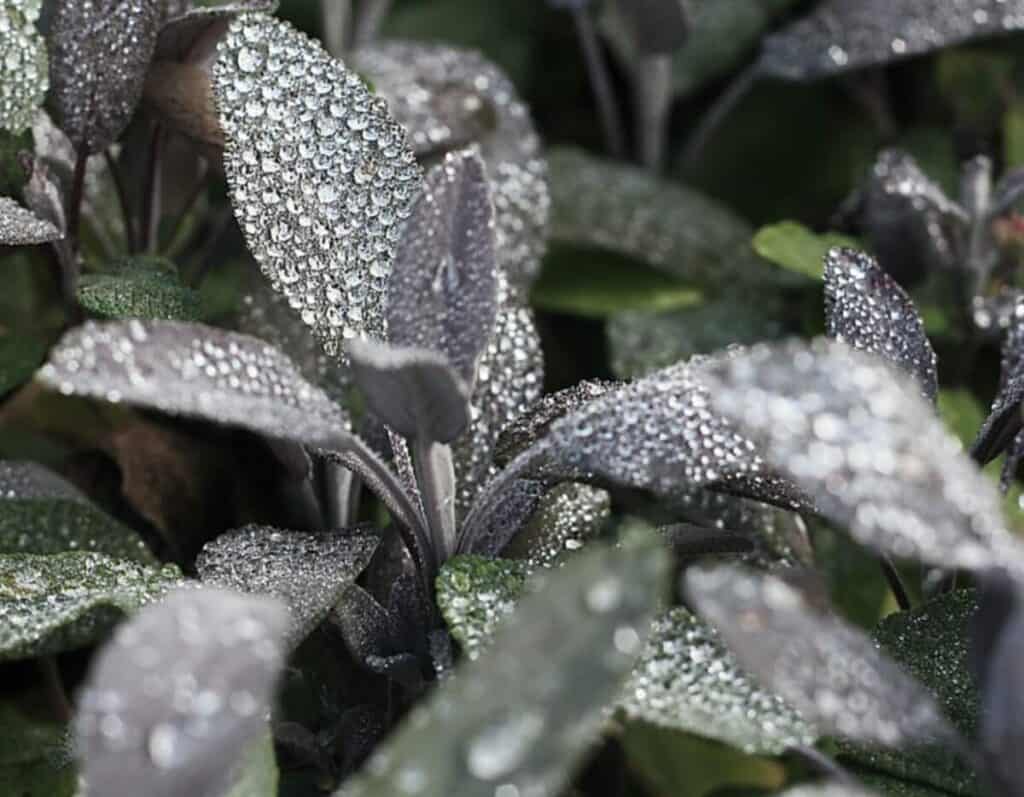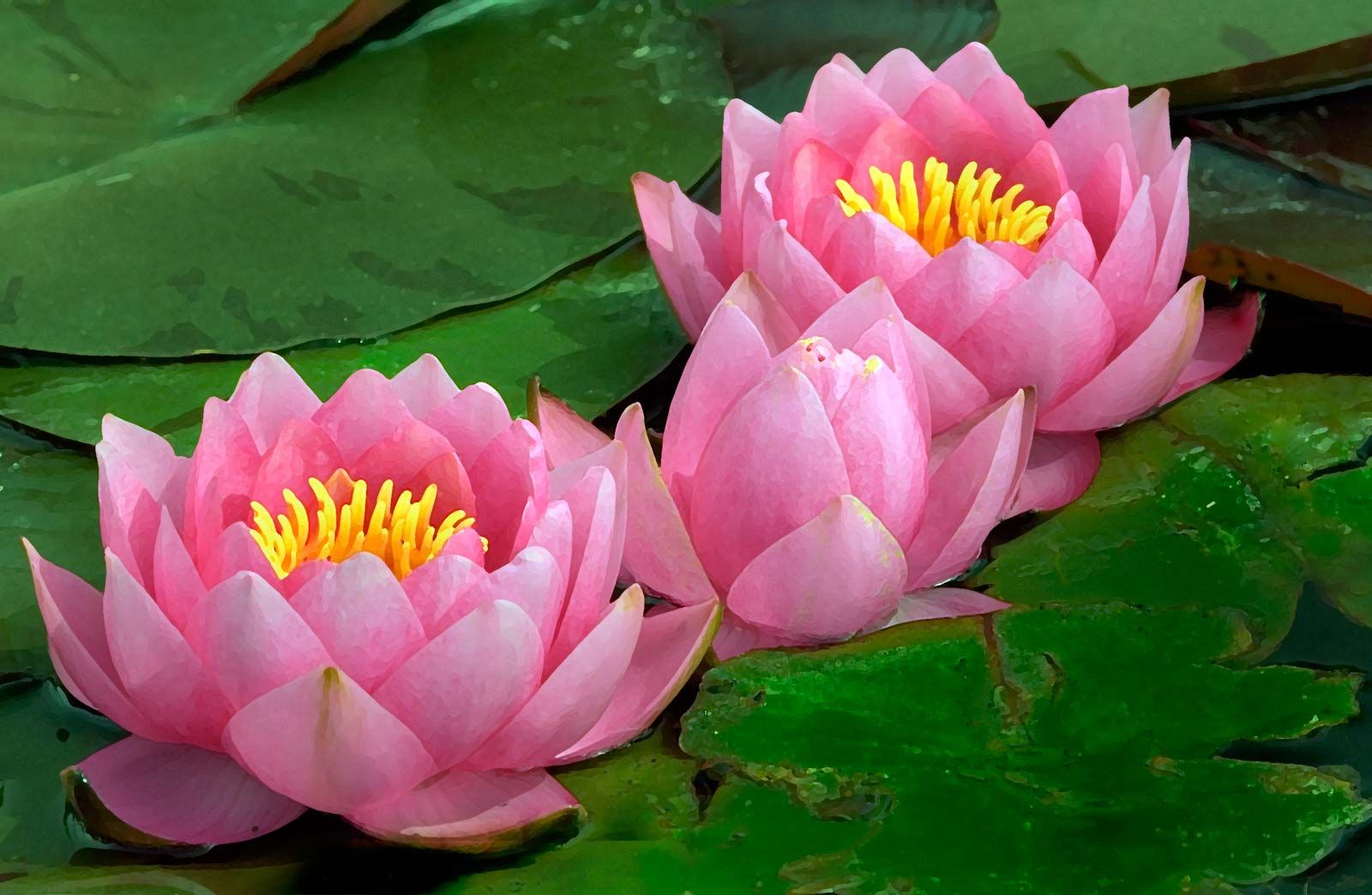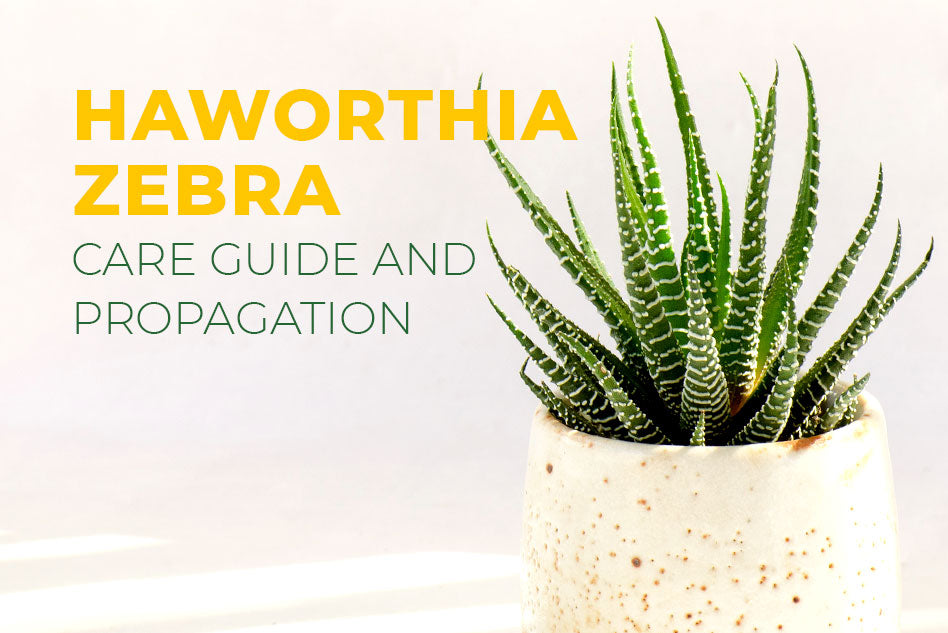The Reasons Lavenders Turn Yellow (And What to do About it)
Why do lavender plants develop a yellow color? High nitrogen levels in the soil, excessive watering, or planting lavenders in soil that drains too slowly are the most frequent causes of yellowing lavender leaf. If the lavender has yellow/brown leaf and appears to be withering or drooping overall, it has either been overwatered or is …

